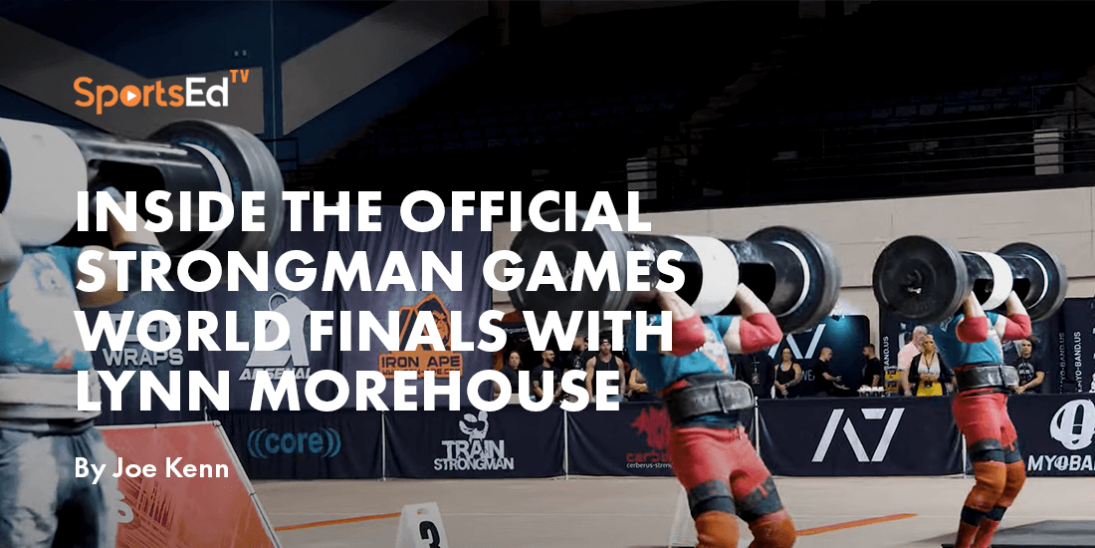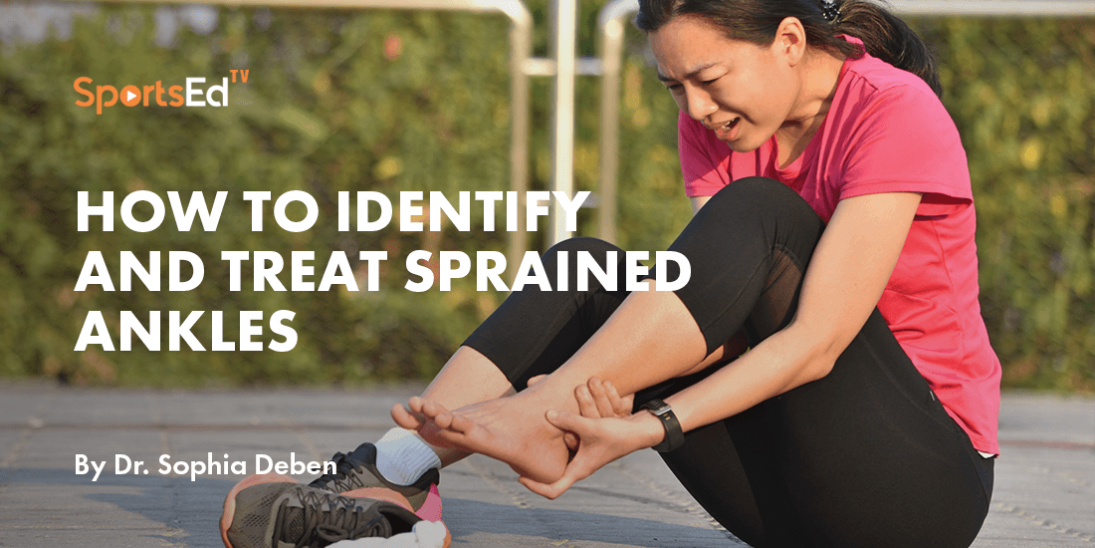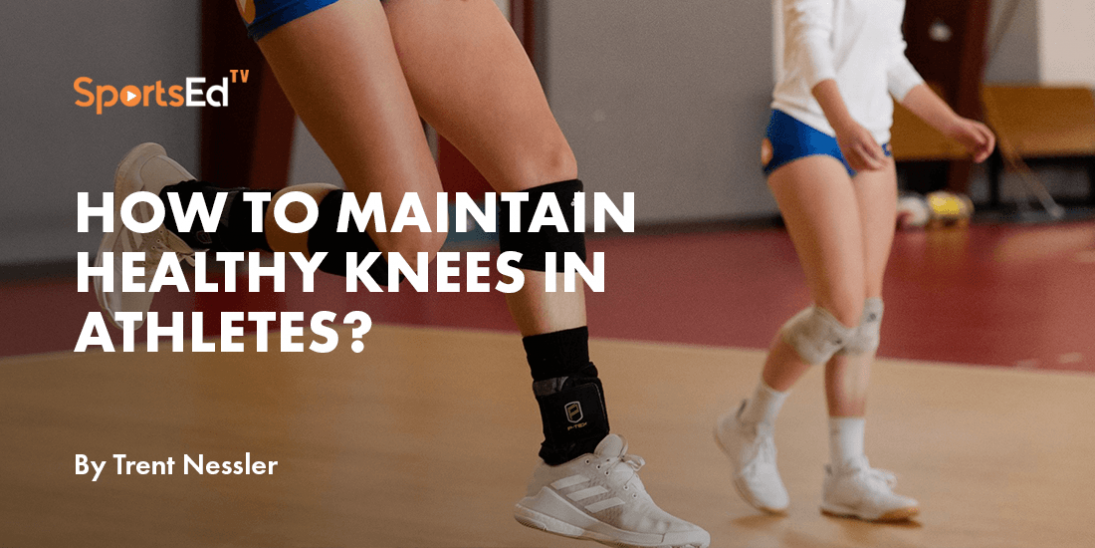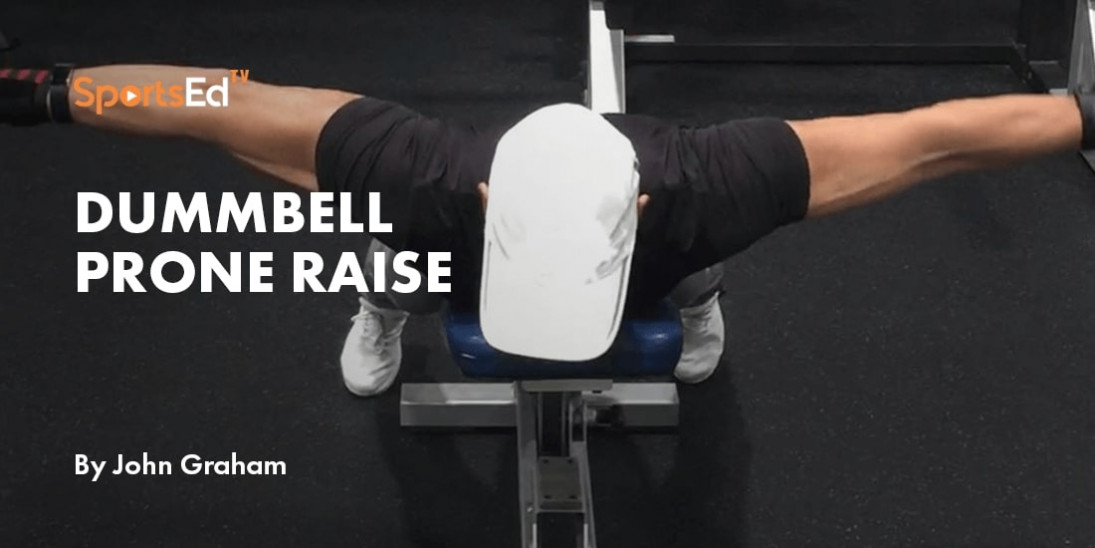Baseball, Strength And Conditioning
Welcome and thanks for visiting...

Resistance Training to Offset Little League Elbow and Shoulder
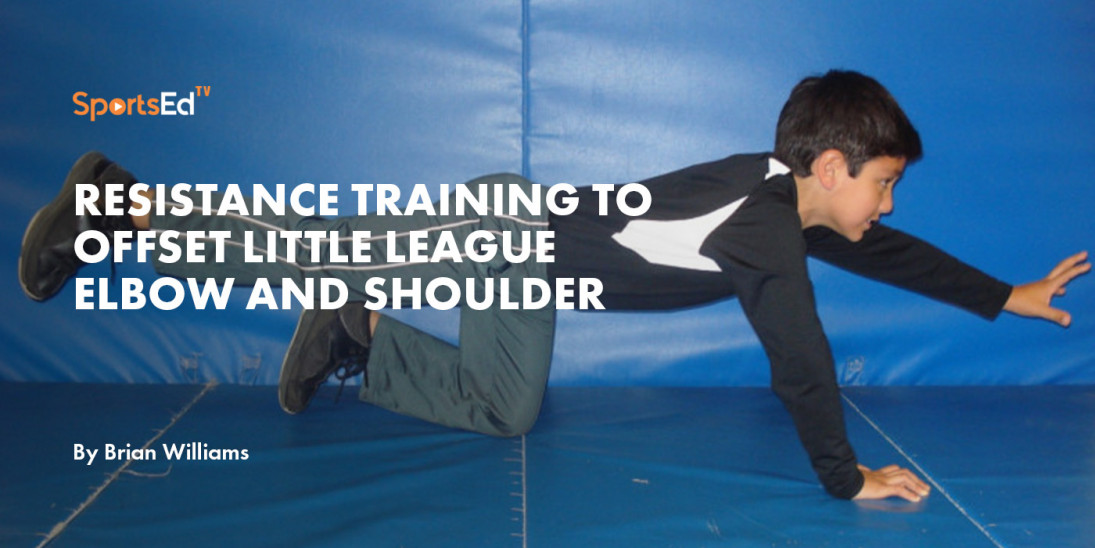
What is Little League Elbow and Shoulder?
“Little League” elbow and shoulder refers to a group of elbow and shoulder injuries related to the stress of repetitive throwing in children with open growth plates (1, 3, 9). These injuries result from repetitively throwing a ball, which can lead to tissue breakdown that is too fast for the body to repair. This is called an overuse injury, and they are very common in young athletes. These injuries occur most often in pitchers, but also in other players, such as catchers, shortstops, third basemen, and outfielders.
Growth plates are the weakest part of a developing elbow or shoulder because they are made of cartilage, a softer tissue than bone. During the acceleration of the throwing motion, a large amount of tension is placed on the inner (medial) structures of the elbow and the shoulder joint. In order to compensate for this, the outer (lateral) elbow and shoulder structures become compressed. Repetitive microtrauma to the growth plates from performing too many throwing motions results in Little League elbow or shoulder (1, 3, 9).
Warning Signs
Those most susceptible to Little League elbow and shoulder are young athletes aged 9-16 years old (1, 3, 9). Overuse injuries typically have a gradual onset and get progressively worse as athletes try to throw through the pain. The pain sets in with throwing or arm swinging motions and the discomfort can remain for several days. Young athletes most commonly complain of elbow pain on the medial side or shoulder pain on top or back of the shoulder.
What should I do if I think I have Little League elbow or shoulder?
If a player feels pain when they throw, it is important for them to let their coach or parent know. Elbow and shoulder injuries should be taken seriously. With the proper treatment and strengthening, most of these injuries are fixable. Ignoring the problem and delaying treatment can make the injury worse. Early detection is important. If it hurts, get it checked out.
How is Little League elbow and shoulder treated?
It is recommended to rest and stop throwing until the symptoms subside (1, 3, 9). This is the most important thing you can do for your injured elbow. For the first 2 days, use ice packs every 4 hours for 20-30 minutes to reduce pain and swelling. Anti-inflammatory medications can be used for a few days to help relieve acute pain. Try not to take medication for more than a few days because this may trick you into thinking you can go back to baseball before you are ready. Typically, 2-4 weeks of rest are necessary (1, 3, 9). Additionally, you should begin a rehabilitation program to strengthen the muscles of the throwing arm. Using lower weights and higher repetitions will help improve strength and flexibility of the muscles that surround the elbow and shoulder and relieve tension off of these joints.
How do I prevent Little League elbow and shoulder?
Strengthening and proper throwing technique are the keys to preventing Little League elbow and shoulder. It is important to obtain a resistance training program from a certified strength and conditioning specialist and correct the mechanics of a young athlete’s throwing. A pitching coach can usually help with this.
Understanding Individual Characteristics
Every child (baseball) player is different with unique physical characteristics, social behaviors, and intellectual capacities. Coaches must consider individual differences, such as stage of development, training background and experience, health status, and recovery rate between exercise sessions. It is essential that coaches consider anatomical and biological age (4).
Anatomical Age
Anatomical age refers to the several stages of anatomical growth that we can recognize by identifying particular characteristics (4). For this article, pre-puberty for boys is defined as the ages of 7-12 years, and will be broken into two categories from 7-9 years and 10-12 years. Puberty for boys generally occurs from 12-14 years of age, but for this article, ages 13-14 years will be used.
Biological Age
Biological age refers to the physiological development of the organs and systems in the body that help determine the physiological potential, both in training and competition, to reach a high-performance level. A rigid chronological age classification system will often result in misjudgments and poor evaluations. Two children with the same anatomical age, who look the same in height, weight, and muscular development, could be of different biological age and have different abilities to perform a training task (4).
Resistance Training Considerations
Research has shown that boys and girls between the ages of 7 to 9 years will positively respond to resistance training programs that have been well designed, teach proper technique, and have proper supervision (6). Before beginning a resistance training session, prepare the athlete with a 10-15 minute dynamic warm-up of the entire body (7). Once this is completed, young baseball players should use the age-appropriate sample resistance training program outlined in Tables 1-3. For prepubescent athletes aged 7-12 years, it is recommended that they use dumbbells for 2 reasons. First, dumbbell resistance training prevents a player from getting trapped under a barbell when completing an exercise like a barbell squat or bench press (6). Second, dumbbells are much easier to hold than barbells. This will allow the young athlete to perform their exercise more confidently while being under control (6). For the 13-14 year players, barbell exercises will be introduced. For all players, make every effort to emphasize the enjoyment of exercising and how important it is to maintain a healthy body.
Resistance Training Programs
Each resistance training program incorporates the Thrower’s 10 program, full-body exercises, and torso (trunk) exercises. The Thrower’s 10 program focuses on muscles in the throwing arm, such as the rotator cuff, biceps, triceps, and forearm muscles (11). The Thrower’s 10 program consists of ten movements which include: pushup, press-up, elbow flexion/extension, wrist extension/flexion, prone rowing, prone horizontal abduction, 90° shoulder abduction, diagonal cable flexion/extension, internal scaption rotation and external/internal shoulder abduction (2, 11). The Thrower’s ten exercise program videos can be found on kevinwilkblog.com (8).
More recently, Wilk et al. (12) published an advanced thrower’s 10 exercise program which provides a higher level of strength, endurance, and dynamic stability for the overhead throwing athlete. The advanced thrower’s 10 exercise program consists 18 movements which include: internal/external rotation tubing at 0° of abduction seated on a stability ball, full can seated on a stability ball, lateral raise to 90° of abduction seated on a stability ball, side-lying external rotation, T raises prone on stability ball, Y raises prone on a stability ball, prone row in external rotation on stability ball, lower trapezius 5 series, biceps curls/triceps extensions seated on a stability ball, and wrist flexion/extension and supination and pronation. The first seven exercises include sustained holds while performing the movement. Exercises are performed incorporating 3 sets of 10 repetitions. Exercises should be performed in a 3-set sequence two times. Performance Health Academy has an online PDF that shows and describes all of the exercises in detail (10). Trunk exercises in the resistance training programs are performed at the end of the training session and focus on developing dynamic and isometric strength. All 3 resistance training programs are intended to develop joint flexibility, as well as tendon, muscle, and trunk strength.
The National Strength and Conditioning Association (NSCA) has written youth resistance training guidelines and recommends 1-3 sets of 6-15 repetitions (reps) with age-appropriate weight loads (5). According to Faigenbaum and Westcott (6), 7-9 year olds respond well to brief exercise sessions that use moderate weight loads and higher reps. Therefore, it is recommended in Table 1 that 7-9 year olds perform 1 set of a 9 station full-body exercise program for 10-15 reps 2 times per week. There should be 60-90 seconds of rest between sets.
The NSCA, in its youth resistance training guidelines, recommends that athletes aged 10-12 years perform 1-3 sets of 6-15 reps with age-appropriate weight loads 2-3 times per week (5). Since these players attain similar results from resistance training as 7-9 year olds, it is recommended in Table 2 that 10-12 years perform 1-2 sets of a 10 station full-body exercise program for 10-15 reps 2-3 times per week (6). There should be 60-90 seconds of rest between sets.
For young athletes aged 13-14 years, the NSCA recommends 1-3 sets of 6-15 reps (5). In Table 3 it is recommended that beginners perform 1 set of 13 full-body exercises for 10-15 reps 2-3 times per week. For more advanced athletes, those with at least 8 weeks of training experience, it is recommended in Table 3 to perform 2-3 sets of 13 full-body exercises for 8-12 reps 2-3 times per week (6). There should be 60-90 seconds of rest between sets.
References
- Andrews, JR, Fleisig, GS, and Whiteside, JA. Little leaguer's elbow: Evaluation, treatment, and prevention. Sports Med Update, 14(3), 11-15. 2000.
- Andrews Sports Medicine & Orthopaedic Center. Thrower’s 10 exercise program. 2020. https://www.andrewssportsmedicine.com/sites/default/files/2020-04/Throwers%20Ten%20Exercise%20 Program%2028edited%29.pdf
- Barnett, LS. Little league shoulder syndrome: Proximal humeral epiphyseolysis in adolescent baseball pitchers. J Bone Joint Surg, 7-A (3), 495-496. 1985.
- Bompa, TO. Stages of athletic development. In: Total Training for Young Champions. Champaign, IL: Human Kinetics, 2000. pp. 21-30.
- Faigenbaum, AD, Kraemer, WJ, Blimkie, CJR, Jeffreys, I, Micheli, LJ, Nitka, M, and Rowland, TW. Youth resistance training: Updated position statement paper from the National Strength and Conditioning Association. J Strength Cond Res, 23(4): S60-S79, 2009.
- Faigenbaum, AD and Westcott, WL. Strength & Power for Young Athletes. Champaign, IL: Human Kinetics, 2000, pp. 139-158.
- Fredrick, GA and Szymanski, DJ. Baseball (Part I): Dynamic flexibility. Strength Cond J, 23(1): 21-30, 2001.
- Kevin E. Wilk Blog. 2021. https://www.kevinwilkblog.com/new-blog-rons-test/
- Lyman, SL, Fleisig, GS, Waterbor, JW, Funkhouser, EM, Pulley, L, Andrews, JR, Osinki, DE, and Roseman, JM. Longitudinal study of elbow and shoulder pain in youth baseball pitchers. Med Sci Sports Exerc, 1803-1810. 2001.
- Performance Health Academy. Advanced thrower’s ten exercises. 2020. https://admin.performancehealth.com/media/wysiwyg/pdfs/Advance_Throwers_Ten.pdf
- Wilk, KE, Reinold, MM, and Andrews, JR. Rehabilitation of the thrower’s elbow. Clin Sports Med, 23: 765-801. 2004.
- Wilk, KE, Yenchak, AJ, Arrigo, CA, and Andrews, JR. The advanced throwers ten exercise program: A new exercise series for enhanced dynamic shoulder control in the overhead throwing athlete. Phys Sportsmed, 39(4): 90-97, 2011.
Table 1: 9 Station Dumbbell Exercise Program (7-9 yrs)
|
Exercise |
Muscle group(s) |
Sets |
Reps |
Frequency |
|
Thrower’s 10 |
Rotator cuff, biceps, triceps, forearms |
1 |
10 - 15 |
2x/week |
|
Squat |
Quadriceps & Gluteals |
1 |
10 - 15 |
2x/week |
|
Romanian Deadlift |
Hamstrings |
1 |
10 - 15 |
2x/week |
|
Single-arm row |
Latissimus dorsi |
1 |
10 - 15 |
2x/week |
|
Bench press |
Pectoralis major |
1 |
10 - 15 |
2x/week |
|
Hammer curls |
Biceps |
1 |
10 - 15 |
2x/week |
|
Triceps kickback |
Triceps |
1 |
10 - 15 |
2x/week |
|
Trunk curls |
Rectus abdominus |
1 |
10 - 15 |
2x/week |
|
Quadriped (Figures 1a, 1b, & 1c) |
Erector spinae |
1 |
10 - 15 |
2x/week |
|
Note: Use no weight or the athlete's glove as resistance for Thrower’s 10 exercises. Use soup cans as resistance if you do not have resistance bands or dumbbells. |
Table 2: 10 Station Dumbbell Exercise Program (10-12 yrs)
|
Exercise |
Muscle group(s) |
Sets |
Reps |
Frequency |
|
Thrower’s 10 |
Rotator cuff, biceps, triceps, forearms |
1- 2 |
10 - 15 |
2-3x/week |
|
Squat |
Quadriceps & Gluteals |
1- 2 |
10 - 15 |
2-3x/week |
|
Romanian Deadlift |
Hamstrings |
1- 2 |
10 - 15 |
2-3x/week |
|
Lunge |
Quadriceps & Gluteals |
1- 2 |
10 - 15 |
2-3x/week |
|
Single-arm row |
Latissimus dorsi |
1- 2 |
10 - 15 |
2-3x/week |
|
Bench press |
Pectoralis major |
1- 2 |
10 - 15 |
2-3x/week |
|
Reverse grip curls |
Biceps |
1- 2 |
10 - 15 |
2-3x/week |
|
Lying elbow extension |
Triceps |
1- 2 |
10 - 15 |
2-3x/week |
|
Bridges (Figures 2a & 2b) |
Rectus abdominus, obliques, erectors |
1- 2 |
10-15 sec |
2-3x/week |
|
Quadriped |
Erector spinae |
1- 2 |
10 - 15 |
2-3x/week |
|
Note: Use no weight, the athlete's glove, 1-2 lb resistance bands, or 1-2 dumbbells for Thrower’s 10 exercises. |
|
|
Use soup cans as resistance if you do not have resistance bands or dumbbells. |
|
Table 3: 13 Station Free Weight Exercise Program (13-14 yrs)
|
Exercise |
Muscle group(s) |
Sets |
Beginning Reps |
Sets |
Advanced Reps |
Frequency |
|
Thrower’s 10 |
Rotator cuff, biceps, triceps, forearms |
1-2 |
10 - 15 |
2-3 |
8 - 12 |
2-3x/week |
|
Barbell Squat |
Quadriceps & Gluteals |
1-2 |
10 - 15 |
2-3 |
8 - 12 |
2-3x/week |
|
BB Romanian Deadlift |
Hamstrings |
1-2 |
10 - 15 |
2-3 |
8 - 12 |
2-3x/week |
|
BB or DB Step-up |
Quadriceps & Gluteals |
1-2 |
10 - 15 |
2-3 |
8 - 12 |
2-3x/week |
|
Body-weight Chin-up |
Latissimus dorsi |
1-2 |
* |
2-3 |
* |
2-3x/week |
|
BB or DB Bench press |
Pectoralis major |
1-2 |
10 - 15 |
2-3 |
8 - 12 |
2-3x/week |
|
Single-arm DB row |
Latissimus dorsi |
1-2 |
10 - 15 |
2-3 |
8 - 12 |
2-3x/week |
|
Reverse grip EZ-bar curls |
Biceps |
1-2 |
10 - 15 |
2-3 |
8 - 12 |
2-3x/week |
|
Overhead DB triceps extension |
Triceps |
1-2 |
10 - 15 |
2-3 |
8 - 12 |
2-3x/week |
|
7 oz Weighted ball wrist release (Figures 3a & 3b) |
Forearm & Fingers |
1-2 |
10 - 15 |
2-3 |
8 - 12 |
2-3x/week |
|
Bridges |
Rectus abdominus, obliques, erectors |
1-2 |
15 - 20 sec |
2-3 |
8 - 12 |
2-3x/week |
|
2 lb MB diagonal woodchop (Figures 4a & 4b) |
Rectus abdominus, obliques, erectors |
1-2 |
6 each side |
2-3 |
6 each side |
2-3x/week |
|
Quadriped |
Erector spinae |
1-2 |
10 - 15 |
2-3 |
8 - 12 |
2-3x/week |
Note: Start with 1 set of 10-15 reps before advancing to 2 or 3 sets of 8-12 reps. Use resistance bands or 1-3 lb DB for resistance for Thrower’s 10 exercises.
Complete as many reps as you can comfortably.
BB = barbell, DB = dumbbell, MB = medicine ball
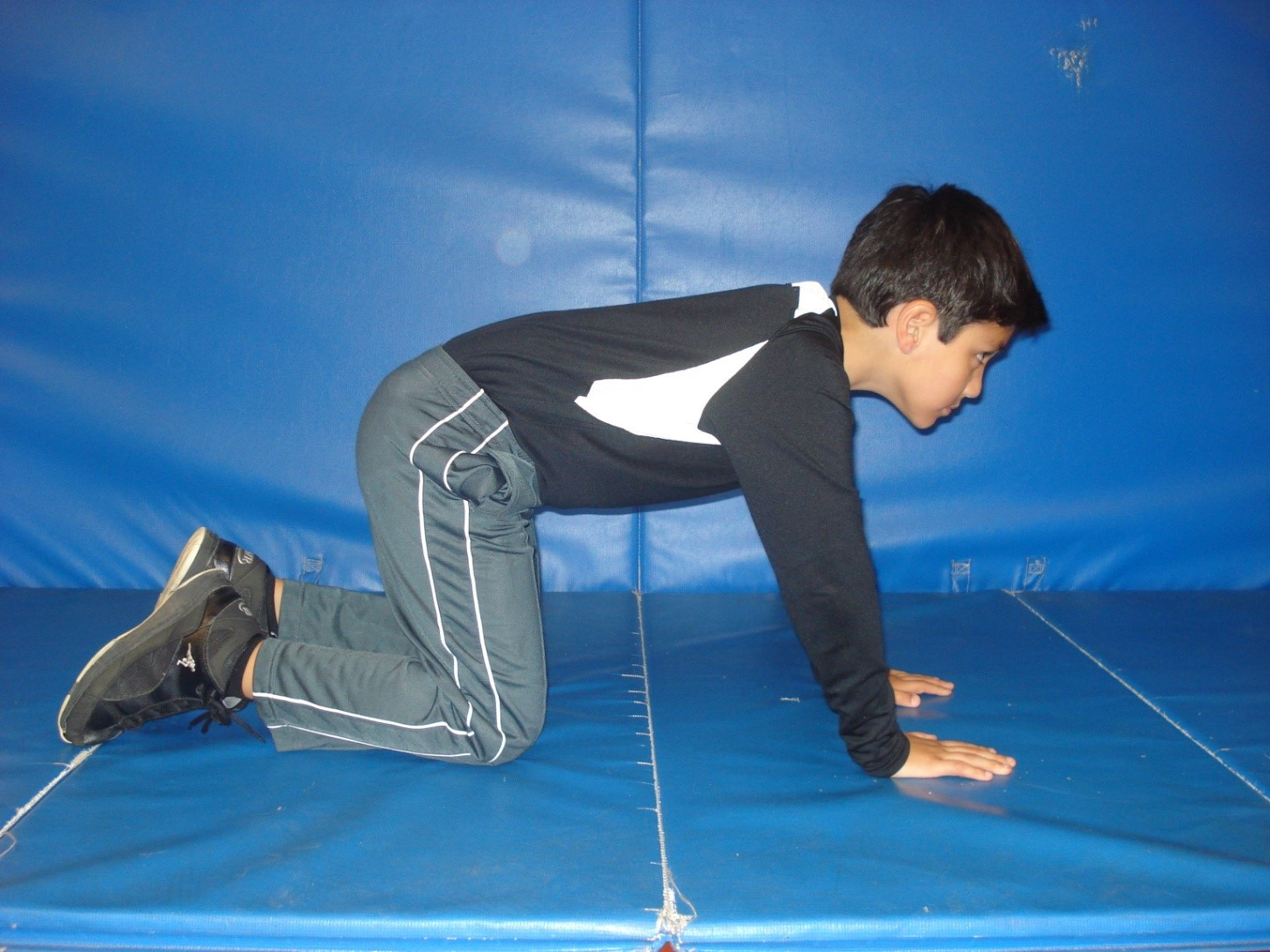
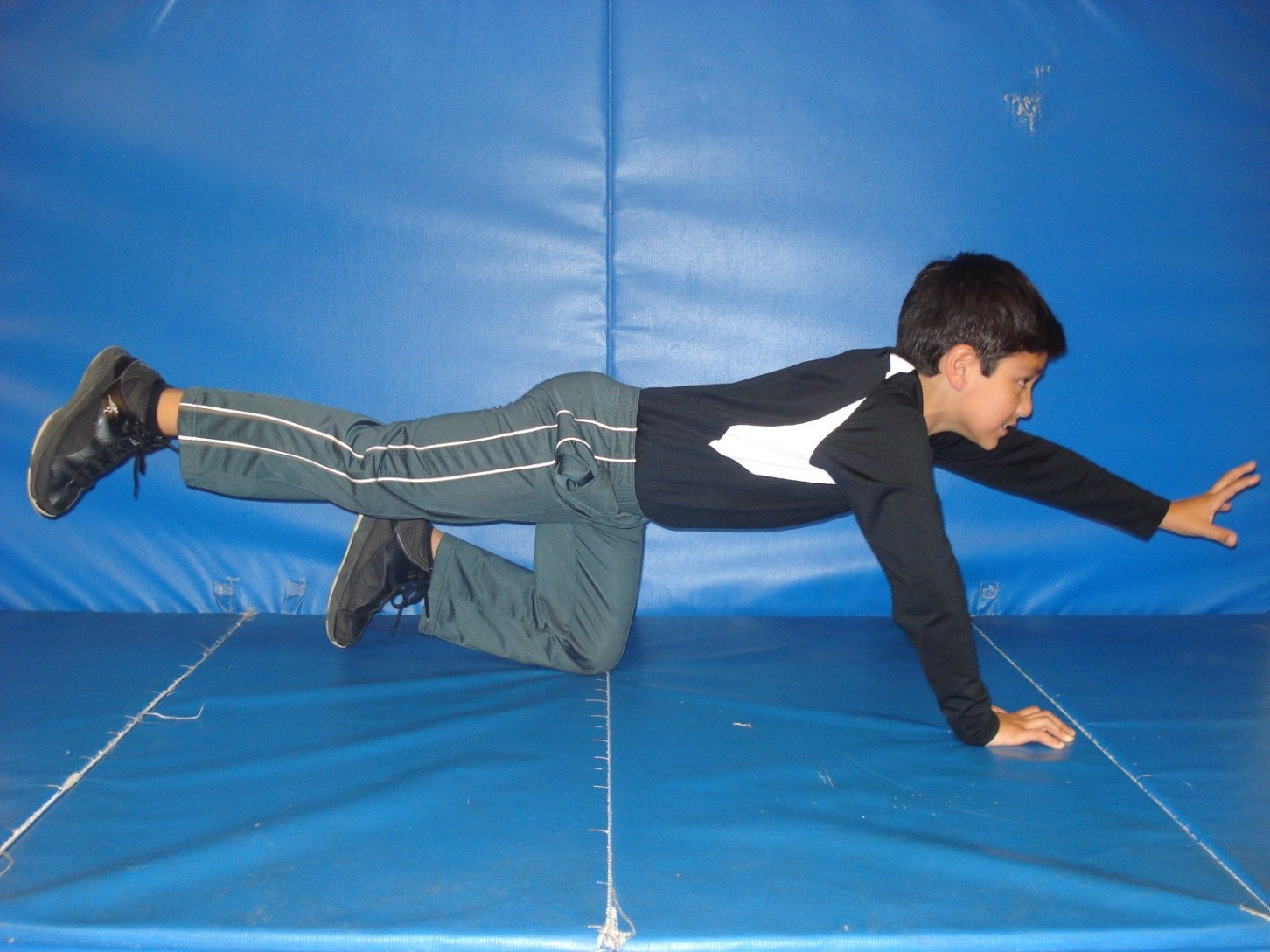
Figure 1a: Beginning position for quadriped. Figure 1b: Opposite arm and leg extension.
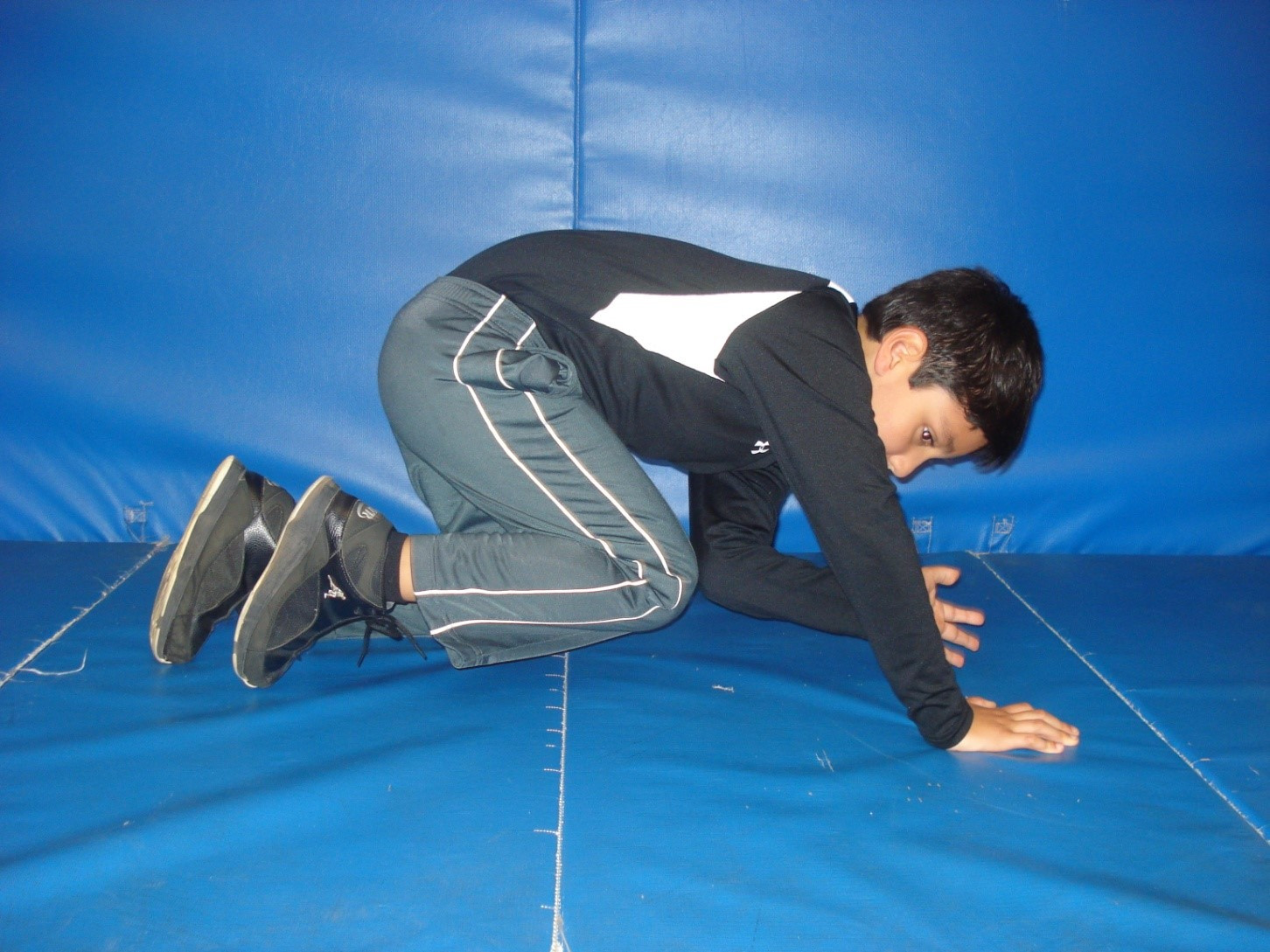
Figure 1c: Bring opposite arm and leg together under the torso before repeating extension again.
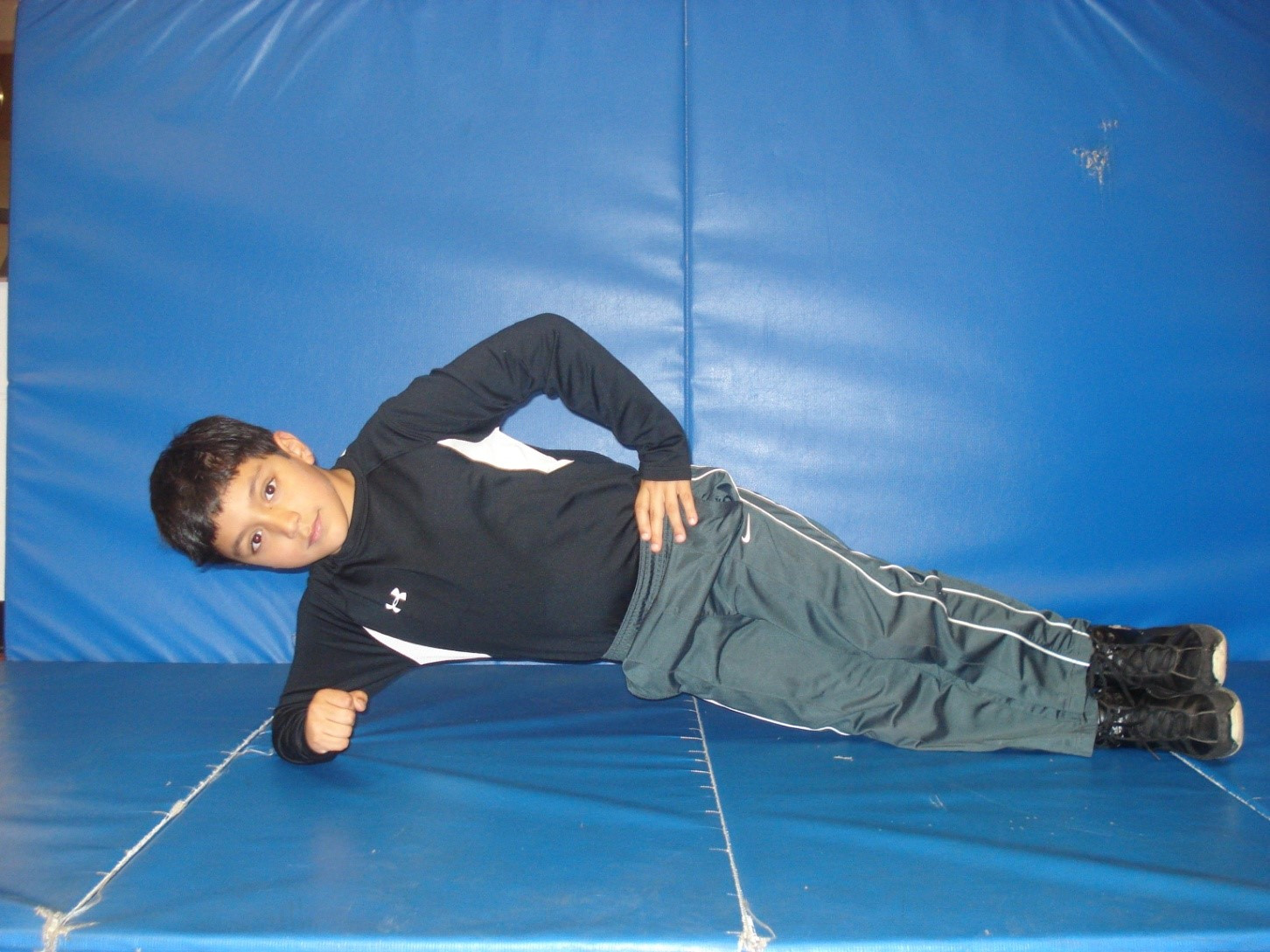
Figure 2a: Right side bridge. Once exercise time has been completed, have athlete perform a left side bridge.
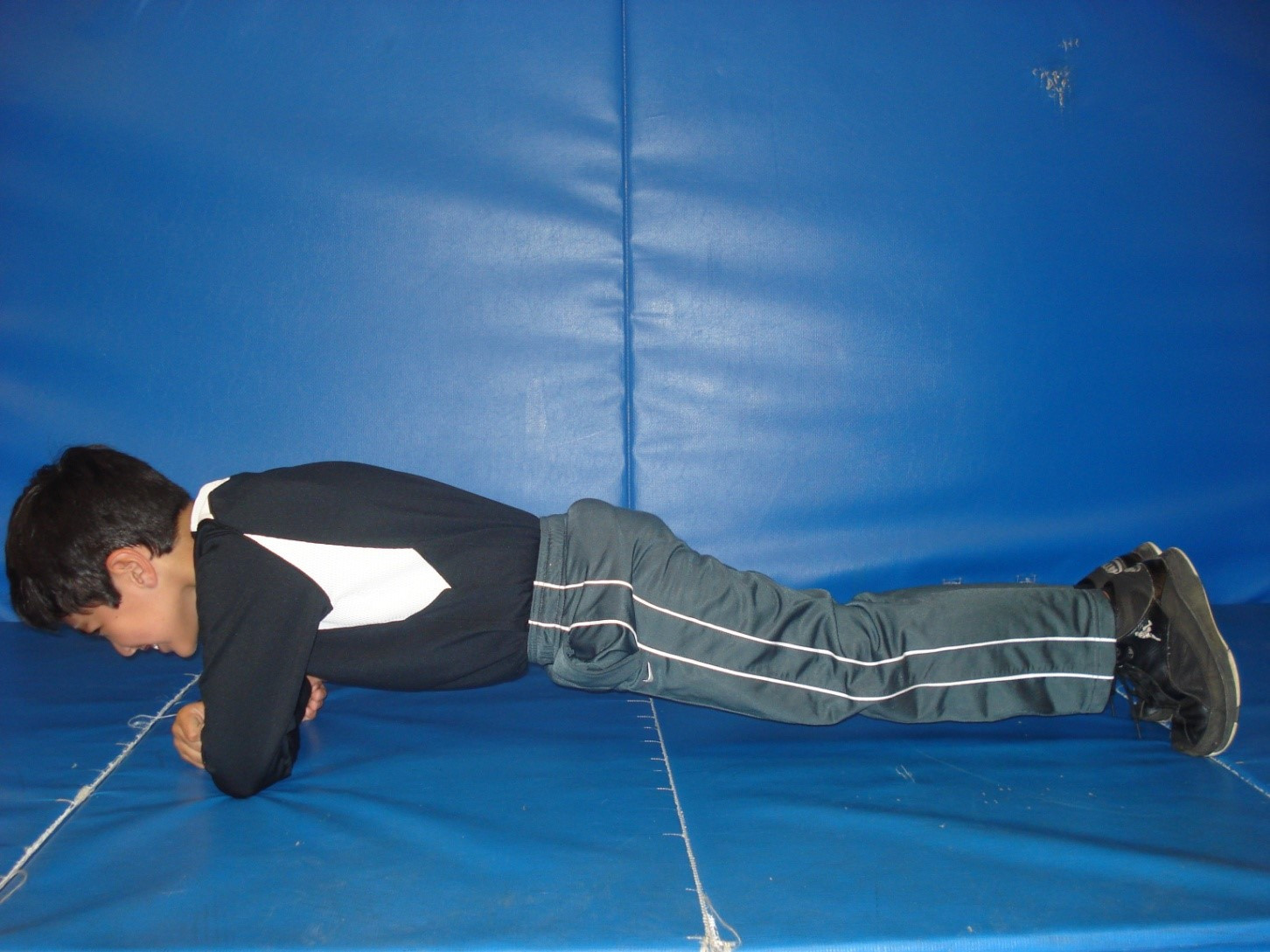
Figure 2b: Once left side bridge has been completed have athlete perform a prone bridge.
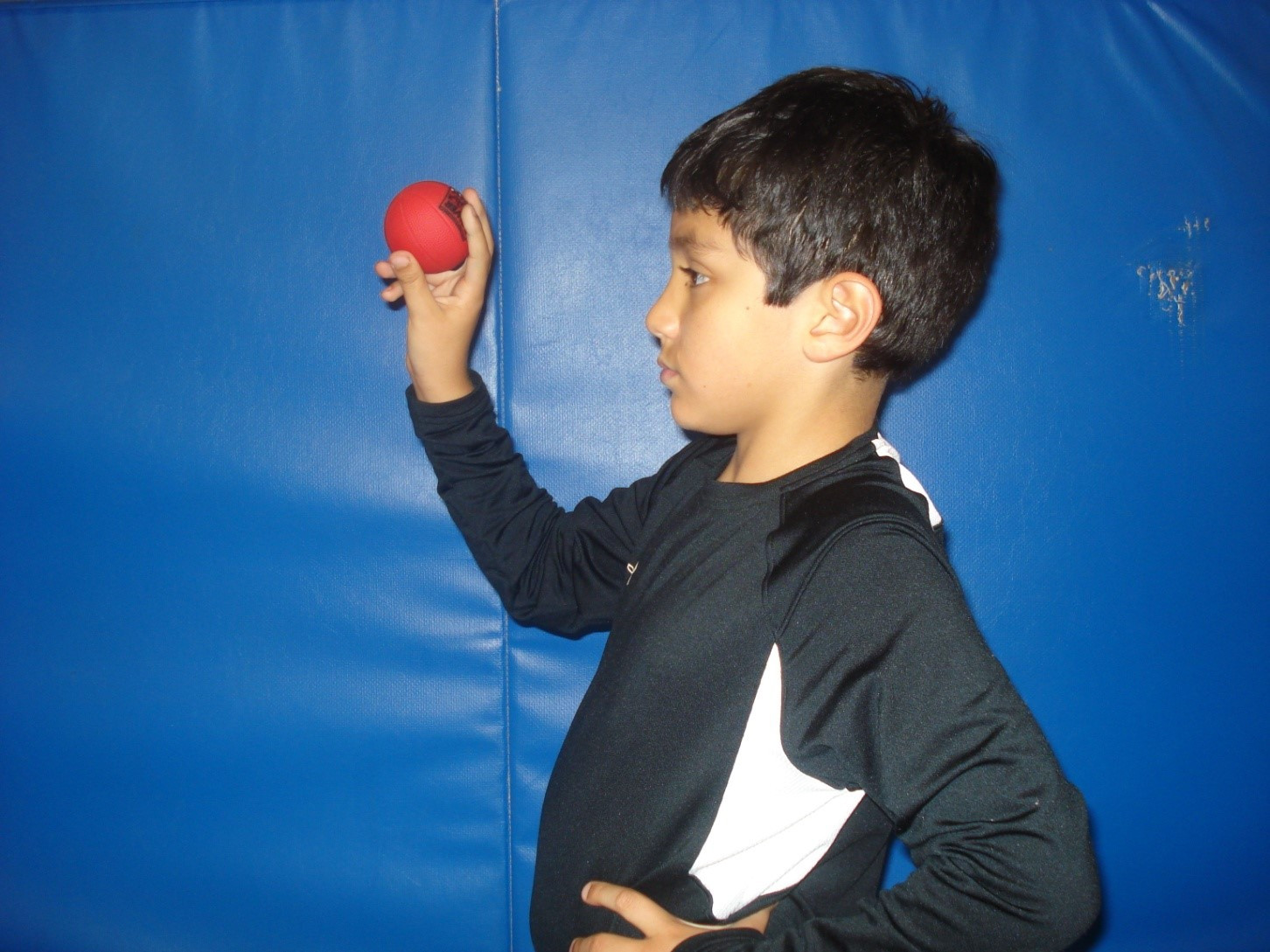
Figure 3a: Starting position of the 7 oz weighted ball wrist release.
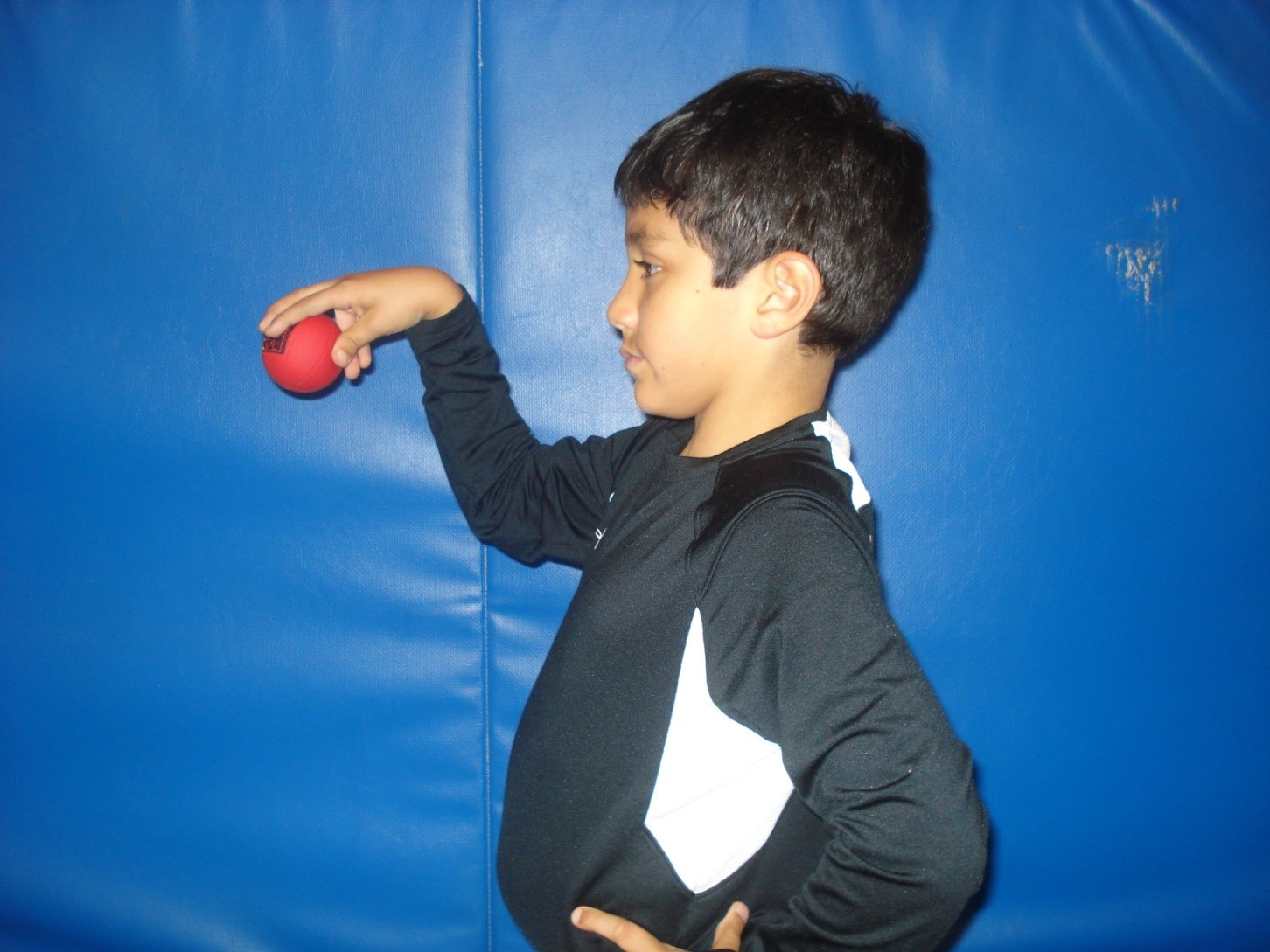
Figure 3b: Wrist flexed position with release of 7 oz weighted ball.
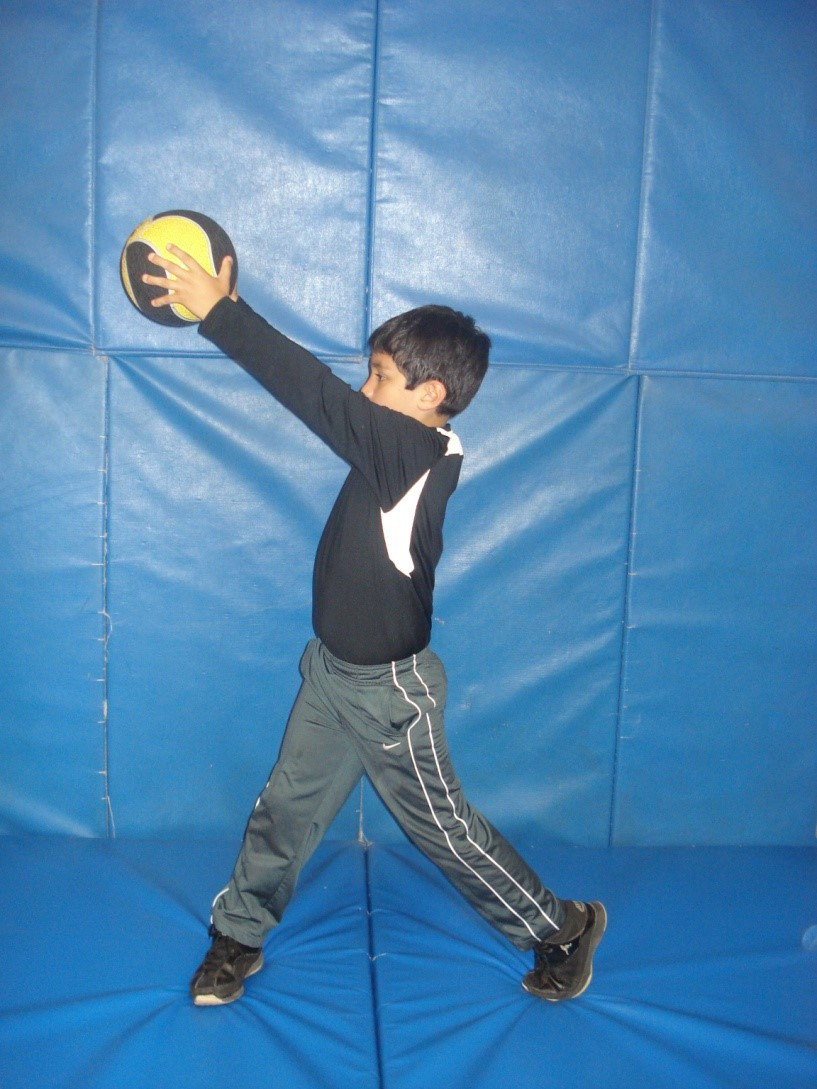
Figure 4a: 2 lb medicine ball (MB) diagonal woodchop starting and ending position.
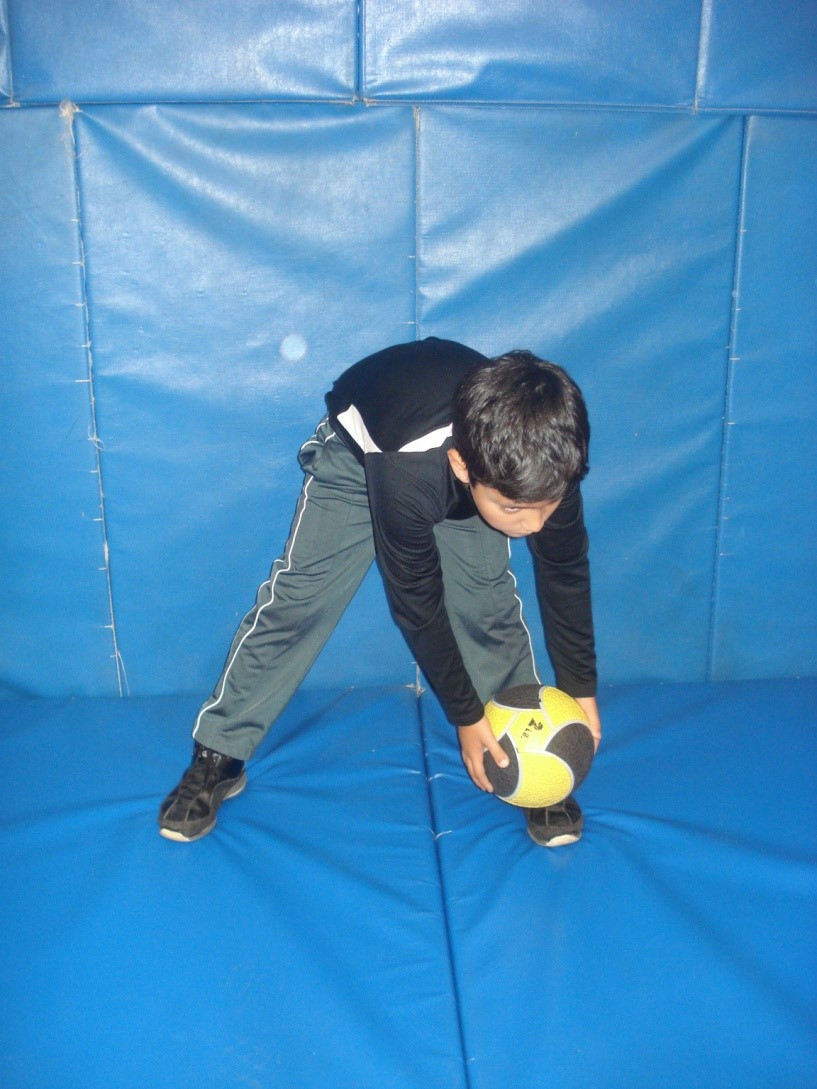
Figure 4b: 2 lb MB diagonal woodchop flexed position to opposite foot.


